The cover features an AI interstellar probe, beautifully illustrated by concept artist Efflam Mercier. Here is the download link:
http://i4is.org/wp-content/uploads/2017/02/Principium_16_Feb_2017.pdf
This issue covers the following topics:
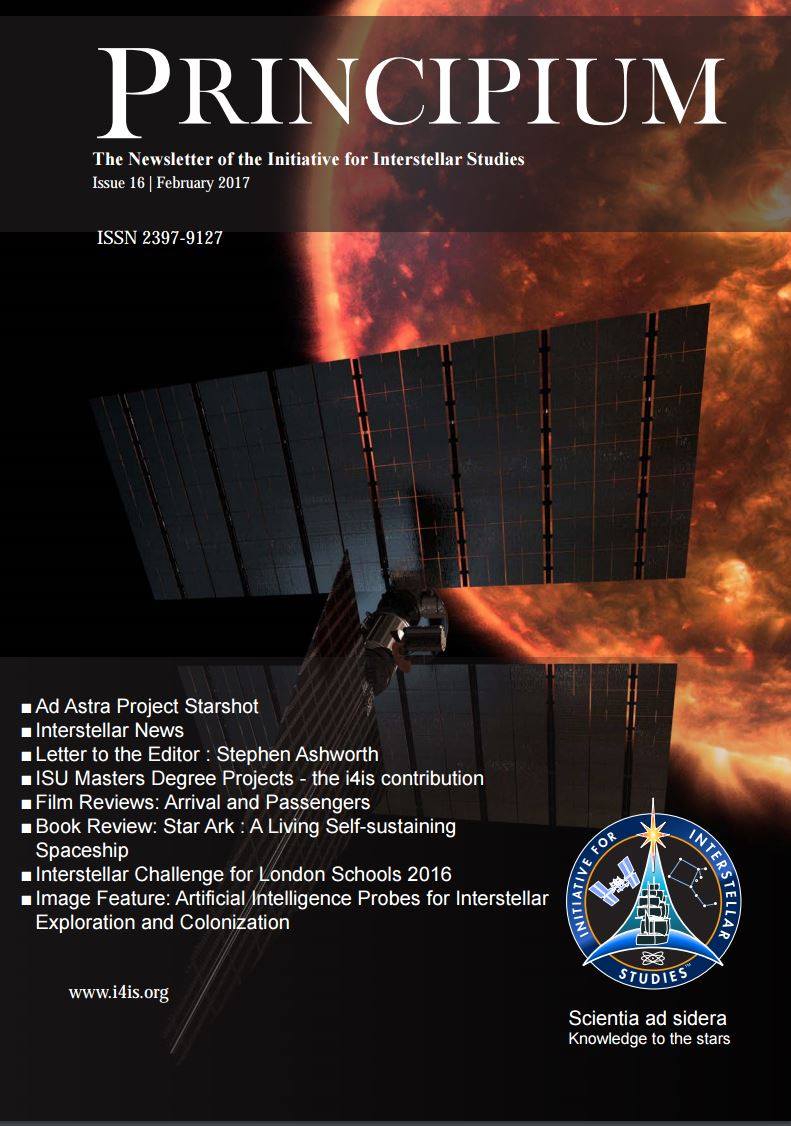
The cover features an AI interstellar probe, beautifully illustrated by concept artist Efflam Mercier. Here is the download link:
http://i4is.org/wp-content/uploads/2017/02/Principium_16_Feb_2017.pdf
This issue covers the following topics:
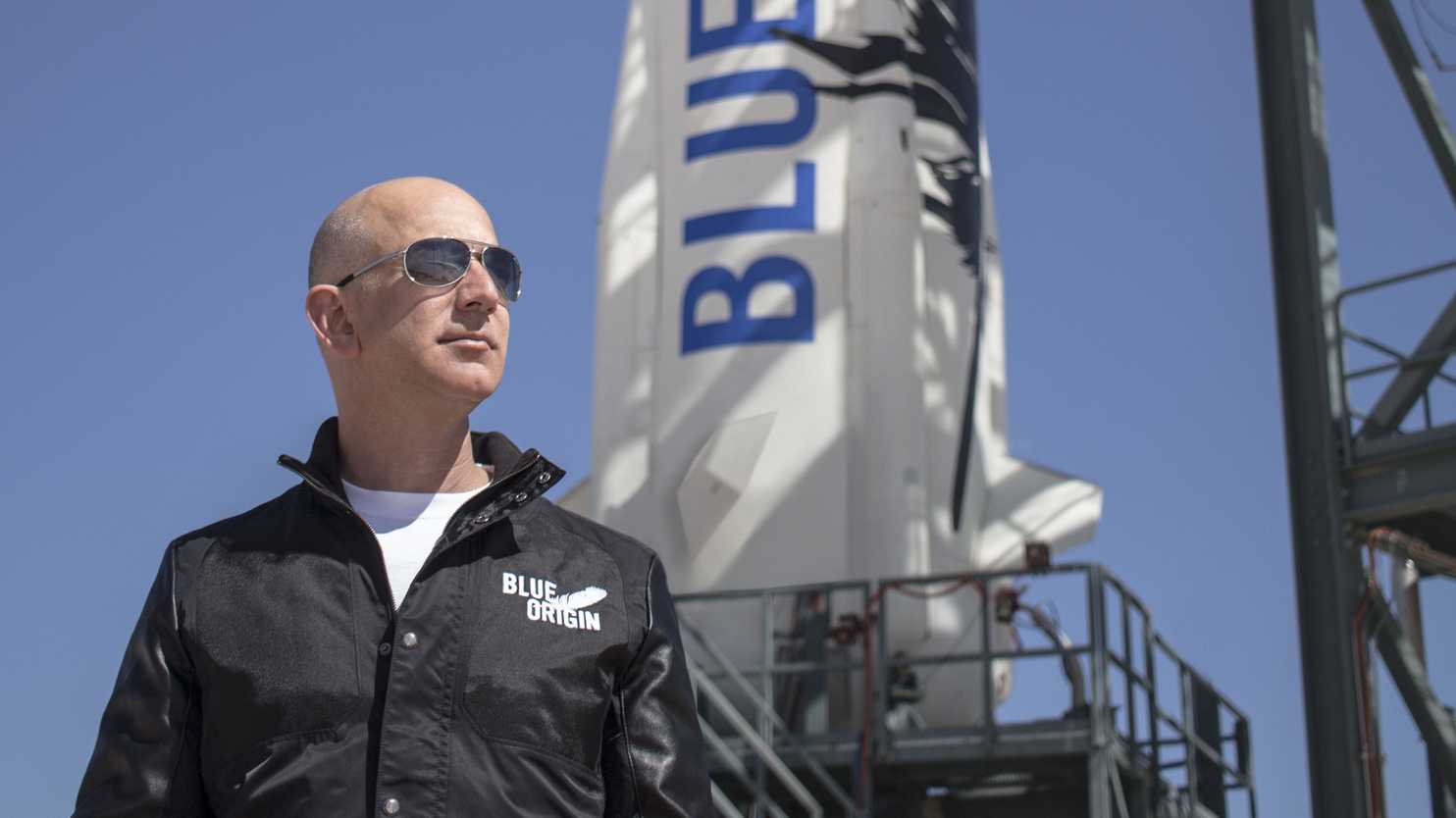
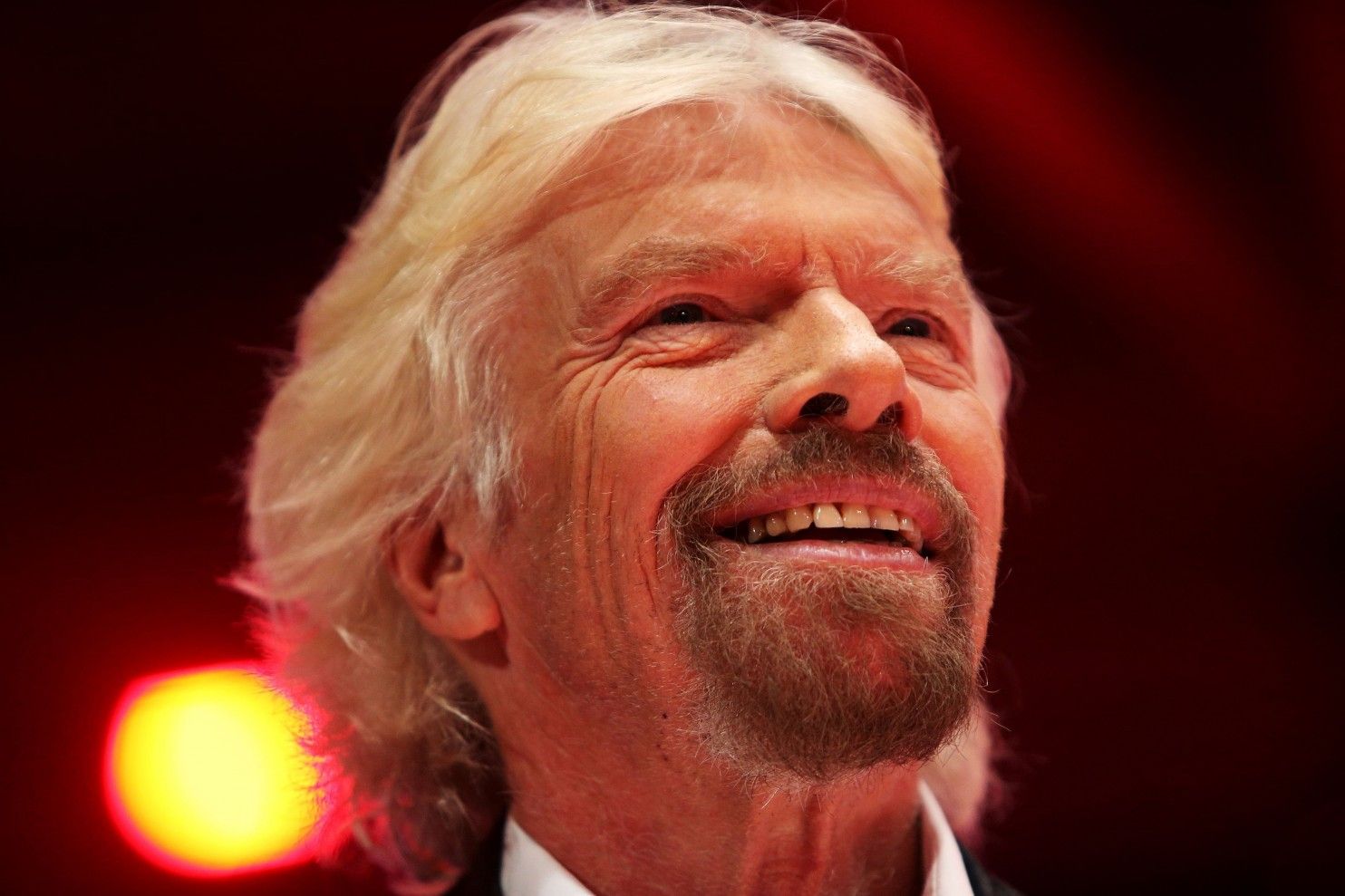
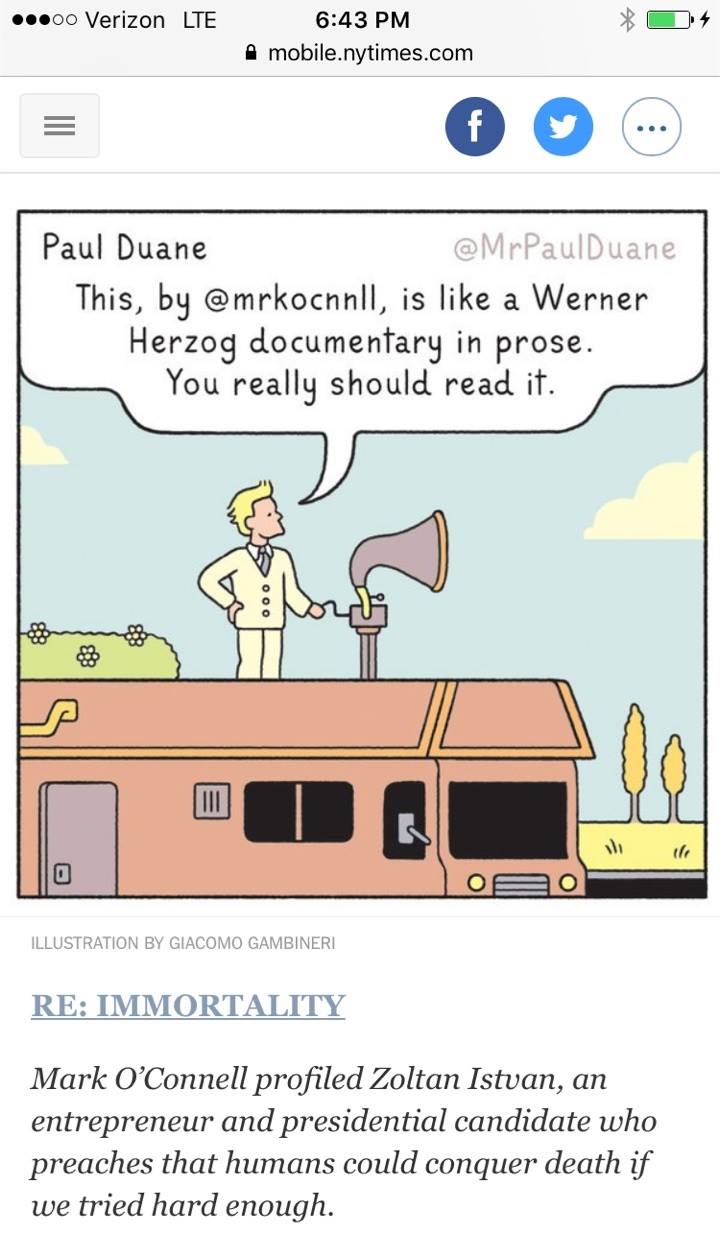
The responses are quite deathist and not favorable, but such is pushing #transhumanism and anti-aging science forward: https://www.nytimes.com/2017/02/24/magazine/the-2-12-17-issue.html?_r=0

Em uma primeira experiência mundial, os cientistas conseguiram desenvolver um embrião artificial funcional, a partir do zero, usando dois tipos de células-tronco para construir a vida em uma placa de Petri.
As células-tronco foram cultivadas fora do corpo em uma bolha de gel, e foram capazes de se transformar em vários estágio inicial órgãos internos — assim como em um embrião regular. Os pesquisadores agora estão esperando a técnica vai resolver alguns grandes mistérios sobre os primórdios da vida.

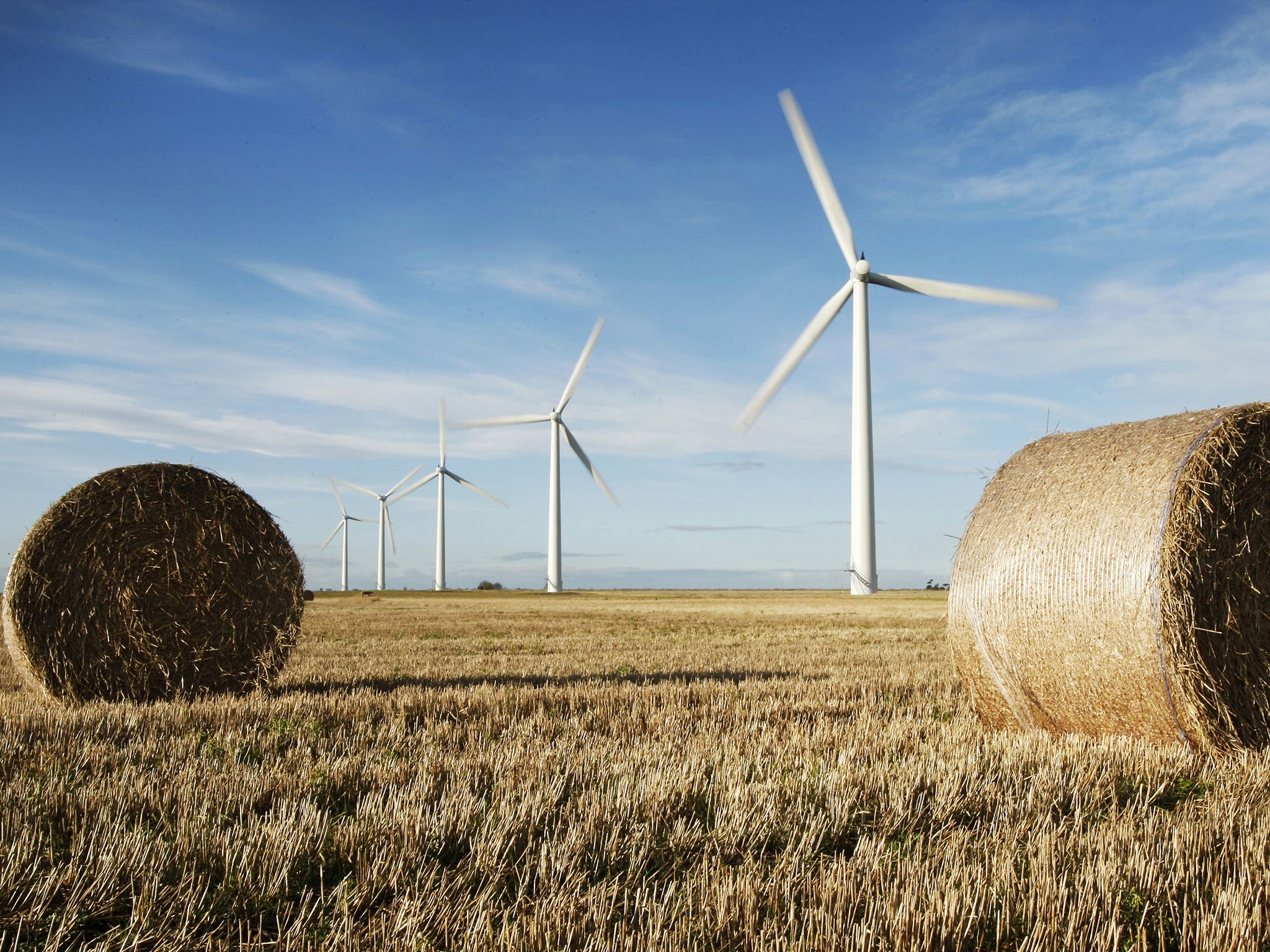
Denmark’s wind turbines produced enough electricity to power the entire country last month.
The Scandinavian nation generated 97 gigawatt-hours (GWh) on 22 February, thanks to particularly windy weather, which is enough to power 10 million average EU households for the day.
Wind Europe spokesman Oliver Joy said the “impressive” feat was another boon for wind energy.

These dystopias may sound like science fiction, but they’re perfectly plausible given our current trajectory. The technology around robotics and artificial intelligence will continue to improve – but without substantive political change, the outcome will range from bad to apocalyptic for most people. That’s why the recent rumblings about a robot tax are worth taking seriously. They offer an opportunity to develop the political response to mass automation now, before it’s too late.
When I asked the prominent leftwing thinker Matt Bruenig for his thoughts, he explained that whatever we do, we shouldn’t try to discourage automation. “The problem with robots is not the manufacturing and application of them – that’s actually good for productivity,” he told me. “The problem is that they are owned by the wealthy, which means that the income that flows to the robots go out to a small slice of wealthy people.”
Job-killing robots are good, in other words, so long as the prosperity they produce is widely distributed. An Oxfam report released earlier this year revealed that the eight richest men in the world own as much wealth as half the human race. Imagine what those numbers will look like if automation accelerates. At some point, a handful of billionaires could control close to one hundred percent of society’s wealth. Then, perhaps, the idea that wealth should be owned by the many, rather than monopolized by the few, won’t seem so radical, and we can undertake a bit of sorely needed redistribution – before robot capitalism kills us all.
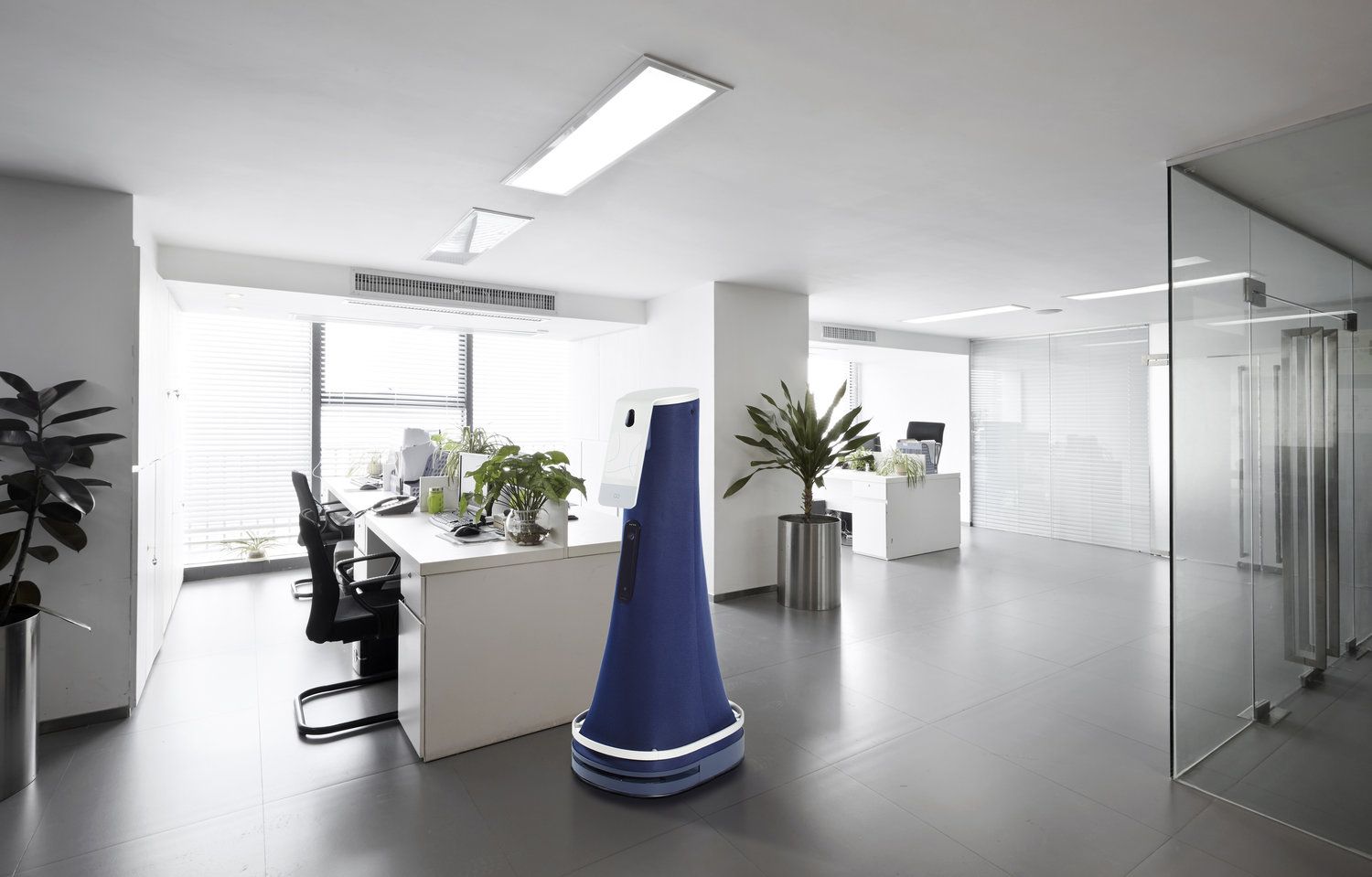
(Tech Xplore)—Can you picture indoor security robots strolling around your workplace tomorrow? You might balk at the idea of militaristic rolling machines making people feel uncomfortable as they hunt for thieves and blunderers. Well Cobalt Robotics has come up with a different kind of indoor security robot.
The robots made news this week when IEEE Spectrum posted a video on Wednesday to show what they look like and what they do.
These are mobile robots designed to work alongside human guards. “Cobalt’s robots gather data using sensors like cameras and lidar, and process the information using machine-learning algorithms to detect and flag anomalies,” said IEEE Spectrum.
We have seen 3D printed buildings before but most of them were prototypes, built off-site or not used afterwords, but nothing compares to this house built by Apis Cor.
Apis Cor used a unique house 3D printing machine they developed and made an on-site house in 24 hours for the cost of some 10000 USD. It has surface of 38 square meters (409 square foot) and has been built in Stupino town, Moscow region, Russia.
The finished house is fully livable with all the appliances. Very cool!